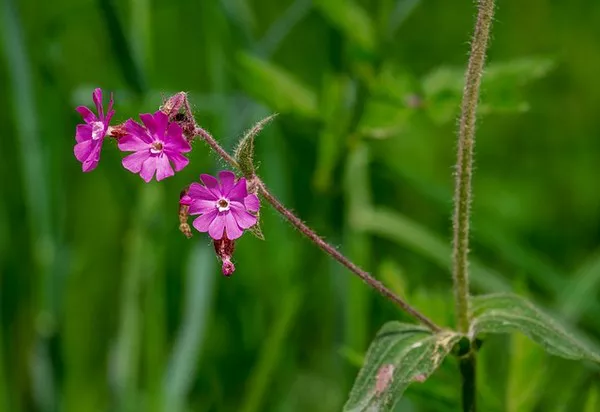Climate change and human-induced factors pose a significant threat to global agricultural production and food security, subjecting plants to a multitude of stressors such as rising temperatures, extreme weather events, pest infestations, diseases, and pollution. Understanding how plants respond to these multifaceted challenges is crucial for enhancing agricultural practices and developing resilient plant varieties.
Recent research has shed light on plant responses to multiple stressors, revealing that many combinations of stressors result in a synergistic impact, exacerbating plant stress. While dual stress effects have been extensively studied, there remains a limited understanding of how plants cope with three or more concurrent stress factors, which can severely impede plant growth. Consequently, comprehensive examination of multifactorial stress combinations is essential to enhance plant resilience and bolster agricultural output.
In May 2023, Horticulture Research published a groundbreaking study titled “Omics analyses in citrus reveal a possible role of RNA translation pathways and Unfolded Protein Response regulators in the tolerance to combined drought, high irradiance, and heat stress.” This research delved into the impact of different stressors on Carrizo and Cleopatra citrus plants, considering individual and combined abiotic stress conditions.
The study revealed that heat stress alone did not result in significant leaf damage. However, high irradiance and water stress led to leaf damage levels ranging from 23% to 35% for both citrus genotypes. Combinations of stress, particularly high irradiance and heat (L+H) and water and high irradiance (W+L), caused substantial damage. Cleopatra plants suffered up to 60% leaf damage under combined water and heat stress (W+H) and a staggering 71% under the triple stress combination of water, high irradiance, and heat (W+L+H). Carrizo, in contrast, exhibited consistent damage percentages akin to two-factor stress combinations.
To gain insights into the plants’ responses, the researchers conducted transcriptomic and proteomic analyses. The findings revealed that the triple stress combination (W+L+H) induced the highest number of differentially regulated transcripts (DRTs) for both genotypes. Heat stress, whether encountered individually or in combination, triggered substantial changes in differentially accumulated proteins (DAPs) for both Carrizo and Cleopatra.
Principal component analyses (PCA) highlighted significant differences between the two citrus genotypes, and varying transcription factor expression patterns were observed in response to different stress conditions.
The study also explored common responses between Carrizo and Cleopatra under various stresses. Notably, the “protein processing in ER” pathway played a substantial role in responding to different stress conditions, with both genotypes upregulating transcripts associated with this pathway. However, their response diverged when exposed to the combined stress of W+L+H.
An investigation into the unique responses of Carrizo and Cleopatra to the triple stress combination uncovered that over 95% of the upregulated transcripts were genotype-specific, emphasizing the distinct ways in which these citrus varieties react to the same stress conditions. Moreover, the regulation of translation pathways in response to stress was found to vary depending on the specific stressors and the genotype, with Carrizo generally displaying a greater number of differentially accumulated proteins than Cleopatra under most stress conditions.
In conclusion, this comprehensive study unraveled the complex interplay of multifactorial stress on Carrizo and Cleopatra citrus plants, shedding light on the diverse levels of leaf damage and molecular responses exhibited under different stress combinations. The identification of key proteins and regulatory mechanisms paves the way for future crop improvement strategies, equipping citrus plants with enhanced resilience to thrive in the face of changing climatic conditions and preserving agricultural productivity.


